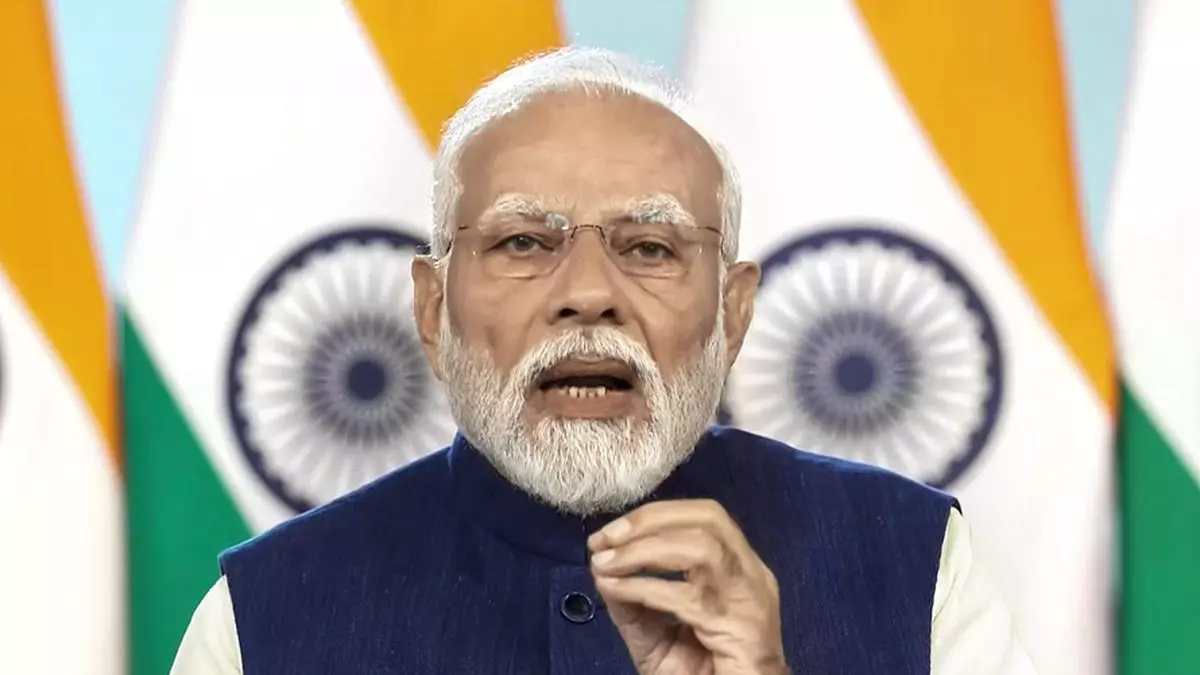Girish Raghavan, the CTO of Women’s Health and X-Ray and VP of Engineering, GE HealthCare Technology Centre India, talks about India’s pivotal role in the company’s global operations, its recent commitment of $1 billion to the country and the evolving role of AI in healthcare.
GE HealthCare, with a 2023 revenue of $19.6 billion, employs 51,000 people globally. It allocates approximately $1 billion annually toward R&D and product investments and holds 11,000 patents worldwide.
How big is the India market for GE HealthCare?
It is an emerging and one of the fastest-growing markets for GE HealthCare globally. Looking at the sheer value of the Indian market, it is one of the top markets, even if not as big as the US. More importantly, it’s also a hub of innovation. India is one of the most cost-constrained markets today, so the innovations done in India translate to the global world. What we do here works anywhere in the world.
For example, a typical Indian hospital has more load than most Western countries. While in India I do 50 CT scans a day, it might be 10 in Western countries. When we solve problems here in India, it will work in the US or Europe. If you look at all markets, the pace of growth in India is the fastest compared to other geographies, which is why it has attracted a huge investment—historically one of the largest we’ve done.
We have invested about $4 billion over 30 years and are looking at $1 billion over the next five years. That’s the pace at which we’re accelerating our investment.
What work happens out of the India lab for your global mechanisms? What roles do you hire for? Are you looking to increase your headcount?
GE HealthCare as a company has four big verticals. One is the space of imaging, like CT, X-rays, MRs, and mammographs, where we have significant investment in India. We do innovations in building the next generation CTs, MRs, and X-rays. Some of them are futuristic, long-league projects, and forward-looking technology innovations in the imaging space.
The second vertical is the patient care solution, which is more focused on things like anesthesia and respiratory equipment, ECG systems for cardiology, and monitoring systems. That is the second largest team in India, focusing on innovations and next-generation products in this segment. The third is ultrasound, which GE is a leader in. The ultrasound organisation concentrates quite a lot on the digital space like AI for ultrasound solutions and simplification. The last one, which is perhaps the most innovative of the recent ones, is the science and technology organisation focusing on AI. That is the core of AI for GE HealthCare. This horizontal works into all three verticals, with this team collaborating with imaging, patient care solutions, or ultrasound in bringing AI innovation into the products. The epicentre of this AI organization is based out of India.
Apart from program managers, principal engineers, and chief engineers, we also have cybersecurity personnel. We are known as the hub of cybersecurity for GE HealthCare. Our campus also has a huge number of data scientists, along with AI experts.
To support these organisations, we also have many clinicians, doctors, and nurses as part of our organisation. They’re important in building good healthcare applications.
The CEO of GE HealthCare, when he visited India this year, announced a commitment to invest over $1 billion in the next few years. The investment will be in both R&D and manufacturing, but R&D will be a big chunk of it. Our biggest investments in R&D will be towards AI, cybersecurity, and data scientists. Another chunk of this investment will go towards innovation.
What is the opportunity in India’s public sector compared to elsewhere?
We have immense opportunities. The public infrastructure is growing big time in India. With government initiatives like Ayushman Bharat, there’s a lot of potential with the public infrastructure. he public sector has the most data today, which is important to build solutions for the Indian population. The private sector, on the other hand, has limited data. Many governments, like Karnataka, Telangana, and Andhra Pradesh, are open to collaborating with the industry for solutions for their population’s problems.
It is also the clinical value they bring in. Some of the country’s best doctors today are in the public enterprises. We leverage their experience quite a bit and we partner with some of the large government-funded hospitals today to tap into their expertise. We can also tailor-make solutions specifically for the Indian market.
How is AI transforming healthcare? What are some key challenges?
A substantial part of our investment will go towards AI and digital solutions. Today the problems customers are coming up with are more about clinical efficacy and operational efficiency, two spaces where AI plays a huge role. A lot of our innovation are on these areas. Our projections are about how AI solutions will disrupt healthcare delivery in the years ahead, and how they will contribute to the top line.
The fear of job loss has significantly diminished over time and AI is now viewed as a tool to augment healthcare professionals rather than replace them. For example, in radiology, the future will have two categories of professionals—radiologists and radiologists using AI.
Fully AI-driven systems without human oversight are not the goal. Despite these efforts, challenges like managing data quality and understanding diverse populations persist. While AI is transforming healthcare, the journey requires ongoing collaboration and innovation to address these hurdles.
Published on January 2, 2025







Leave a Comment